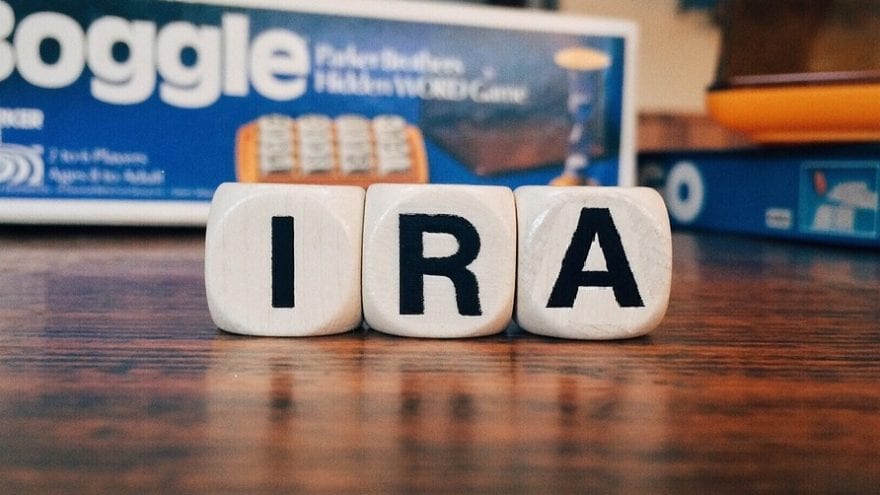The IRA Rules Are Tricky (What You Need To Know)

In last week’s Retirement Watch Weekly, I shared some oversights and missed opportunities that can easily trigger unnecessary taxes.
I get a lot of reader questions about IRAs and taxes, so to help all of us get on the same page, let’s today cover more costly mistakes to recognize and avoid…
Non-traditional investments
Some assets can’t be owned by IRAs. Other assets can be owned only in some circumstances.
What’s more, there are prohibited transactions regarding retirement accounts you must be aware of. And the details of these rules are tricky.
For example, your IRA can own real estate, but not if there’s a mortgage or other debt involved. Your IRA can own a small business, but not if it pays you a salary or other compensation.
Don’t add unconventional investments or strategies to your IRA without good advice or studying the rules very closely.
Charitable giving opportunities
Charitably inclined people often leave a lot of money on the table by not making their gifts through IRAs.
There are benefits for gifts made both during life and through your estate.
The qualified charitable distribution (QCD) for IRA owners at least age 70½ has been permanent since 2015.
Eligible IRA owners can direct their custodians to distribute money to the charity or charities of their choice.
The donations up to $100,000 annually aren’t included in gross income, and the IRA owner doesn’t receive a deduction.
The QCD counts toward any RMD for the year. For those who are charitably inclined, it’s probably the best way for someone age 70½ or older to make charitable donations.
When you plan to make donations through your estate, consider naming the charities as IRA beneficiaries instead of giving other assets in your estate.
The charity takes the distribution from the IRA. Neither it nor the estate owes income taxes.
When individuals, such as your spouse or children, inherit an IRA, the distributions are taxable to them in the same way they would have been taxable to you.
But when they inherit non-IRA assets, they increase the tax basis to the current fair market value.
They can sell appreciated assets and not owe any income taxes.
RMD errors
A few years ago, the IRS decided to examine Required Minimum Distributions (RMDs) more closely, because people make a lot of errors with them.
When you don’t take an RMD, the penalty is 50% of the amount that should have been distributed as an RMD but wasn’t.
Some people don’t know about Required Minimum Distributions, so they don’t take them.
Many others miscalculate their RMDs or don’t optimize the way they take RMDs.
Waiting too long to plan for RMDs
Some people have large IRAs they consider to be primarily emergency funds and money to be left to their heirs.
Often these people are surprised at how RMDs escalate over the years.
The percentage of the IRA that must be distributed increases each year.
This triggers higher income taxes that could have been avoided. If you have a large IRA, plan for RMDs early.
Though RMDs aren’t required until age 72, the earlier you plan how to deal with a large IRA and its future RMDs, the more options you have.
Among the strategies we’ve discussed in the past are emptying the IRA early, converting to a Roth IRA, buying qualified longevity annuity contracts, using the IRA to establish a family bank and turning the IRA into a charitable remainder trust.
Avoiding the 10-year rule
The Setting Every Community Up for Retirement Enhancement Act enacted at the end of 2019 ended the Stretch IRA.
Now, most non-spouses who inherit an IRA must distribute the entire IRA within 10 years. Even Roth IRAs must be depleted within 10 years.
This means the tax-deferred compounding of the IRA can’t be extended for decades.
The beneficiaries must pay income taxes on distributions from traditional IRAs within 10 years.
That often results in higher lifetime income taxes than when the distributions could have been stretched out over a longer period.
Fortunately, many of the strategies for reducing taxes on lifetime RMDs also are ideal strategies for planning around the 10-year rule and the end of the Stretch IRA.
You can empty the IRA early, convert a traditional IRA to a Roth IRA, or reposition the IRA as a charitable remainder trust or a permanent life insurance policy.
![]()





